Not yet widespread in garden-park landscape designs, a plant called "Raknik", confidently and deservedly occupies its position in this area. Unpretentious perennial shrubs are impressive fluffy compact or, on the contrary, a spacious drop-down crown, thick rolled fragrant flowers. Abundant and prolonged blossoms of the Rakatnik causes real admiration among others.
This decorative culture attracts not only its spectacular appearance, but also ease of cultivation. How to plant a raquin and ensure competent plant care, is set out in detail in this article. And for those who still decided to grow an exotic culture on their plot, presented a variety of plants and a detailed video lesson
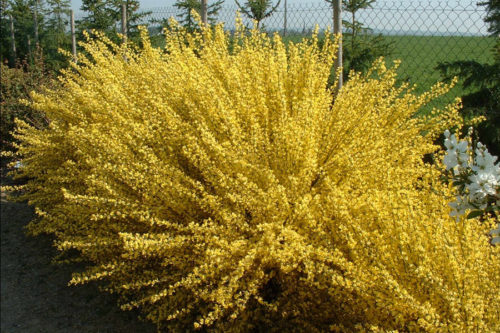
Ratchnik, description of the plant
- Rakinetnik - a representative of the bean family, there are about 50 species. Most often, it is quite high (up to 3 meters) leaf falling shrubs, less often - small fragile trees.
- The midst of the rocket is considered the average strip of Europe. The agricultural area also spread to West Asia and North Africa.
- Shrubs attract attention to their decorative species, forming a dense green or sieu-sized crown.
- The leaves of the lacker are trees, with alternate location and very small horses. Some species on the stem are crowds.
- The main decoration of the plant are flowers: white, yellow or pink color. Inflorescences - a brush or head, an elongated form, up to 2-3 cm, resemble pea flowers. Motive flowers have a tubular flue cup with sail, wings and a boat. Such a non-standard flower structure allows sticking sticks to pollen, as soon as the bee sits on the flower. The flowering period falls on the second half of spring until July. For the first time, the raquin blooms after 3 years of age.
- Fruits at the slatcher - cracking elongated beans; Seeds are small, flat hidden shape.
- A honey plant, a rocket, loves an open and sunny terrain.
- Unpretentious in the rest of the culture, the rocket, occurs in ravines, on forest edges and even on stony slopes. This decorative adaptability allows it to land it in such, non-standard and unacceptable for other plants, places.
- The species diversity of shrubs is represented mainly by wild species. In the culture, about 15 species of the rocket box are grown. The plant is not sufficiently common in the cultural landscape, deserves more attention from the gardeners due to the original appearance and unpretentiousness in care.
- There are also poisonous varieties of the rocket.
Types of Ratchdish
All species of the middle climatic band are characterized by an early and long-lasting vegetative period, when the first leaves appear in May and such an attractive decorative look is preserved to the most frosts.
Consider the most popular species of the rocket.
Warm Rocket (Cytisus Scoparius)
This is a leafy high shrub, densely seated with yellow flowers. The wrath is capable of growing up to 3 meters altitude. Green leaves fall out sooner early, preparing for winter cold. Frost resistant (withstands up to -20 ° C) and widely cultivated appearance.
This decorative shrub is planted both in large mountaineering and single. The landing is perfectly combined with evergreen coniferous plants.
It has many decorative varieties that are distinguished by bright red and even two-color painting inflorescences.
Cytnik Kuewensis (Cytisus Kewensis)
A dwelker is a dusty look at a height of about 0.3-0.5 m, and in a width - up to 2 m. Numerous shootout shoots of the Cuskiy racks almost along the surface of the Earth. Flowers are large, cream, warm shades.
This species is a great option for the design of small rocky gardens or alpinaria.
Speaker Speaker (Cytisus Emeriflorus)
This species also has other names - kallest or floating, associated with the features of the structure of the flower. Large, yellow, whores are planted on long flowering, which creates the impression of floating under a sheet or protruding forward, inflorescences.
Foldful view, it grows no more than 0.6 m in height.
Early Rocket (Cytisus Praecox)
Unpretentious, medium height (1-1.5 m) shrub, is distinguished by a thick, dense crown formed by splashing and arcuate shoots. Light green coloring plant acquires due to narrow elongated leaves.
Ratchmaken flowers in May, fiery yellow abundant flowers with a sharp specific aroma.
Frost-resistant look is widely used in landscaping and strengthening sandy slopes. Looks great in curb group landing.
The most famous variety is "Allgold", which blooms very early, even before the leaf is dissolved. Also popular zeland lacker variety, characterized by plentiful and very beautiful gentle pink flowering.
Locker baked (Cytisus aggregatus)
A dwarf view growing in a height of no more than half a meter. The diameter of the shrub almost twice the height.
Flowering falls on the summer and continues until the autumn. Inflorescences are saturated yellow.
Light-loving, fast-growing (blooms already from 3 years of age), the plant looks harmoniously in garden-park vegetable compositions.
Cytnik Decumbens)
Popular low-speed (0.2 m) shrub with spread and slightly pubescent crown.
Abundant blossom made this type of leader among all representatives of the Raktnikov family. Yellow shades, flowers thick cover the entire bush, which gives the plant an unusually spectacular look.
Cool holders, planting both groups and separately.
Russian Rutnik (Cytisus Ruthenicus)
Sustainable for the climatic conditions of Russia, this species increases no more than 2 m in height. Branches, grayish color, straight or arcoid, slightly pubescent. Complies mixed: a cyanide - a void with a slight amount of yellow flowers. Plant in May for almost a month.
The raquent grows on the slopes or along the roads, poisonous.
Rashtail reproduction
A shrub of seed and vegetative ways (cuttings, gaze) is multiplied.
Seeds
This method is used for species representatives of the rocket.
- Ripe seeds collected at the end of summer are sown in containers and placed in a shaded place. The soil mixture for seeds should be light, for example, sand-peat. Close up of seeds shallow, up to 5 mm, ensuring, subsequently, their constant moisturizing and venting.
- Supporting the temperature regime of about 20 ° C, the seeds for the spring give a friendly shoot.
- Then the seedlings are peeling and transplanted into separate pots with a special soil mixture (the land is ferot: humus: sand in a 2: 1: 1/2 ratio). In the spring, after resetting and successful rooting, it is necessary to pinitate the central escape, thus ensuring the subsequent branching of the rocket. After 3-4 years, the shrub will please the first colors.
- If the seeds in the spring are seeded immediately into open soil, they pre-produce their hardening, providing a higher germination. Stratification is carried out for two months before sowing.
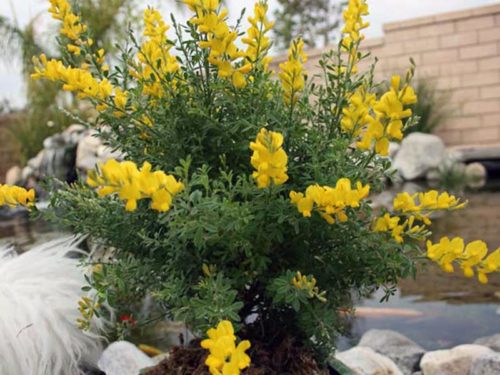
Vegetativeno
The method of the cup is used for hybrid specimens.
- Cuttings.
In the summer, after the end of the blossom of the rocket, they begin to prepare cuttings for breeding a shrub. For this, not too young shoots with 3-4 sheet nodes are cut.
The cuttings are planted into separate containers and are covered with a glass jar for rooting. Care conditions are observed as the same as during the germination of seeds. The rooted cuttings in the spring planted in an open ground.
- Digging.
The lower branches of the rickety spinning along the ground are rooted by cushing them with special brackets and sprouting the earth. Thus, providing a permanent sufficient moisturizing, subsequently, is formed, complete seedlings are formed.
The rooted tanks are separated from the maternal shrub and plant separately.
Landing of the rocket
Locking the rocket, seedlings or seeds, choose an open, warm and windless place. The landing is better to exercise in the spring (from April to May).
The soil is preferable to choose a light, sandy, with neutral or low acidity.
The only limitation is not worth landing the plant near the reservoirs, due to the fact that poisonous substances containing in the slatter can adversely affect the living fauna of the pond.
Features of landing of the rocket
- It is necessary to plant a plant in a predetermined soil mixture from the ground, sand and humus in an exemplary ratio of 1: 2: 1.
- In the case of poor and poverty, the soil is better additionally add mineral fertilizers.
- Planting seedlings, it is important to observe the distance between plants at least 30 cm.
- You can buy seedling seedlings in any specialized outlet. It is better to choose a better, with a closed root system, a plant.
Agrotechnology landing
- In the prepared pit with a soil mixture, put a sapling so that its root neck is at the ground level.
- The optimal condition for the development of a young plant will also be pre-prepared, drainage layer. Moreover, its thickness in the landing jam will depend on the quality of the soil (from 10 to 20 cm). The harder and tight soil, the greater the drain layer. Drainage use broken brick or pebbles.
- Fall asleep and compact the soil after planting, it is necessary to abundantly pour a plant.
- Having closed the soil around the seedling, it will be possible to preserve moisture better, the soil aeration and prevent the growth of weary grass.
Caring for the rocket
The raquent does not require special care or constant attention, it suffices to comply with the basic rules of agrotechnology and the plant will comfortably feel in the garden plot.
Watering
- Ratchnik - enough drought-resistant plant, so watering better exercise abundant, but not frequent to prevent moisture stagnation.
- And under the conditions of systematic precipitation, the additional moisturizing is not required at all.
Loosening
- The soil looser around the shrub and the removal of weeds is the necessary measure for the care of the plant.
- The looser should be carried out not too deep, up to 10 cm so as not to damage the root system of the rocket.
- The optimal substitute for loosening can be the mulching of the soil peat about 5 cm.
Podchar
- Putting fertilizers - an important agrotechnical reception, which improves the growth and development of the plant.
- Specialists are recommended to carry out several feeding during the period of active growing growth.
- Spring are nitrogen-containing fertilizers (urea), in summer - potash and phosphorus mixtures. The dosage of feeding is calculated according to the instructions.
- In case of the need for additional stimulation of the growth of the rocket, more and wood ashes contribute.
Trimming
- Special, forming, trimming, not required rocket.
- But, after flowering, in order to form an even more young shoots with buds, its branches are cut to strong weathered side branches.
Preparation for winter
- In order to avoid freezing the young (up to 3 years) shrubs, their, before the onset of cold weather, it is better to further cover.
- If the shrub is low - it is enough to cover it with a snack. In the case of a higher slaughterhouse, the branches pressed against the ground with special brackets and fall asleep with leaves or the same pagan.
- Adult plants, as a rule, are quite winter-hardy and do not need a similar procedure.
Growing in a container
- Some heat-loving satellite varieties are grown and as a room plant. Then, in the warm time, the pots are exposed to fresh air, and in the winter they put in the room.
Fighting pests and diseases
- Rakinetnik - rather stable, diseases, culture.
- In the event of a malief dew, 5% of the copper sulfate is used, which the plant is treated in the period not yet blurred kidneys. If the signs of the disease appear and then, in the summer it helps the spraying of the foundazole or colloidal gray. In case of the disease of the Rakatnik, black spot - hold similar events.
- In the attack of pests, appropriate insecticides are used. So, the Mol of the Pestry, which appeared on the leaves, is easily exterminated with a 0.2% chlorofos solution. And the spinning "is afraid" of bacterial and phosphorodorganic insecticides.
Application of rocket
- The most frequent use of the ruin shrubs is the design of a park and garden zone, a variety of landscapes. Attractive decorative plant type could not but interest landscape designers. It is practiced both solitary landing of the slaughter and group. Long blooming shrub with an unusually beautiful crown, looks spectacular on the background of coniferous or cereal plants. The contrast of the color scheme winning emphasizes the variety of lined decorative crops.
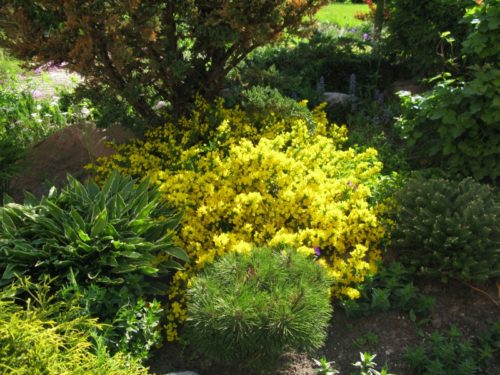
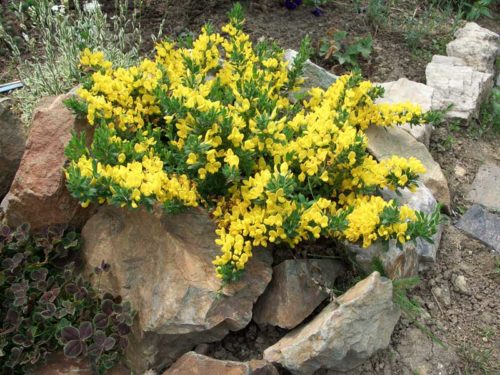
- In the pharmacological industry, containing poisonous alkaloids are used in the slat.
- Blooming early spring, satellite varieties are great for cutting.
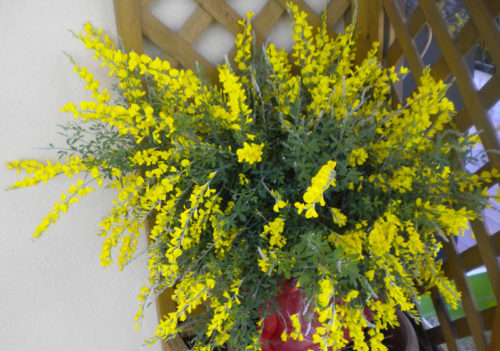
- Ratchnik - Beautiful honey.
- The raquent is used in the chemical industry when producing yellow paint and coloring of natural wool.
- Durable wood branches of shrub is used to make small crafts.
- In the cosmetic sphere, perfume fragrances from fragrant varieties of the rocket.
Thus, in the presence of so many advantages and favorable qualities, the raquin can easily grown on its site. Love for the species diversity of the plant world will serve as an additional stimulus of the cultivation of the rocket. A spectacular decorative type of plant and unpretentiousness in care will help to realize the conceived.


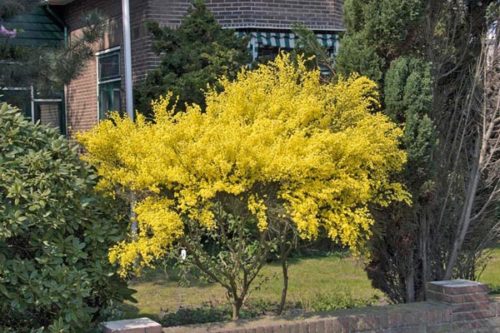
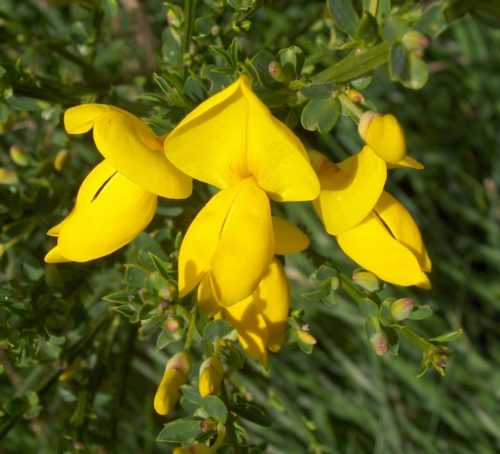

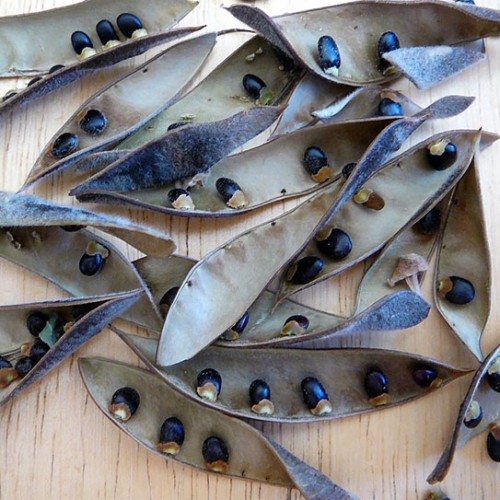
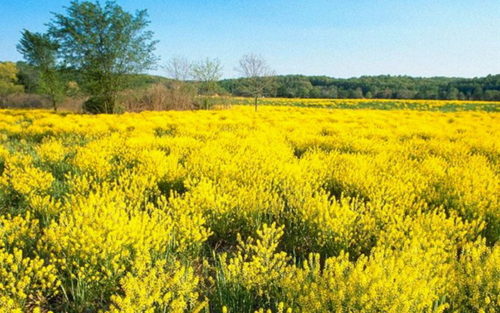
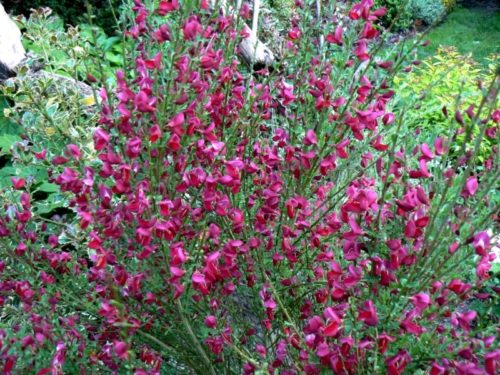
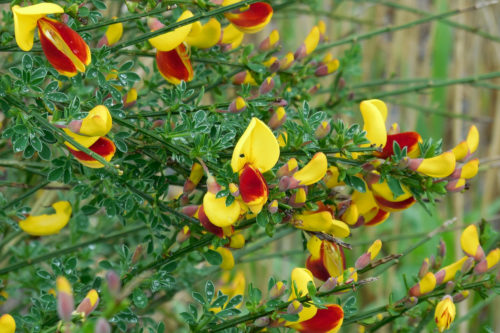
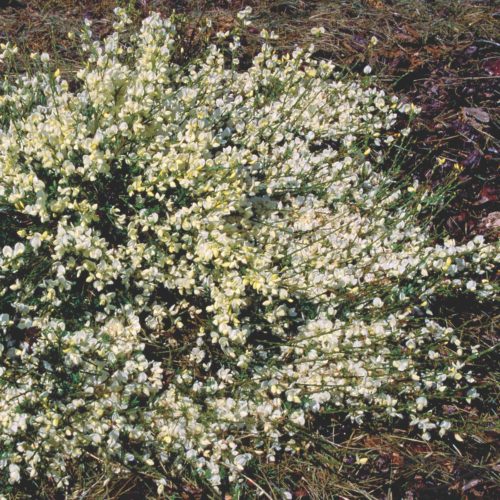
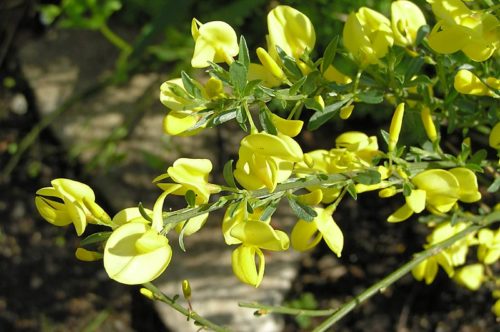
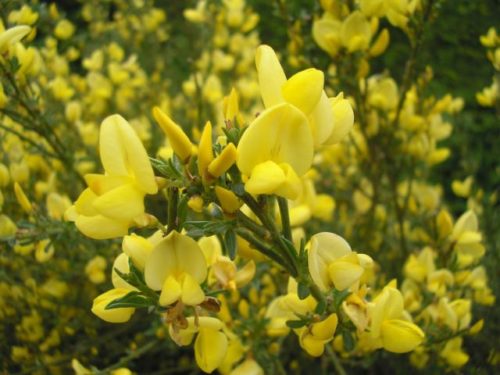
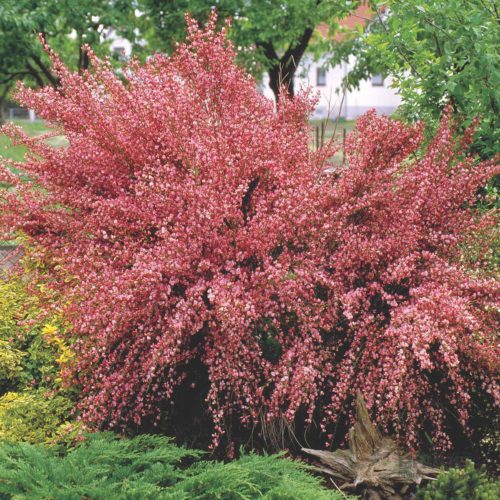
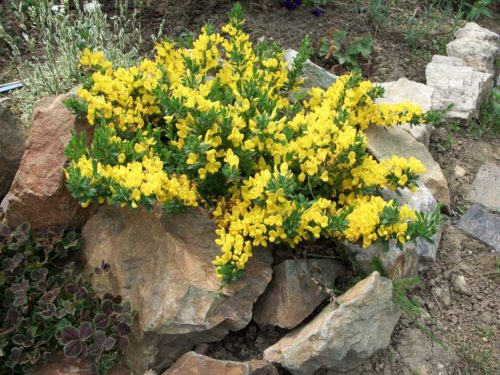
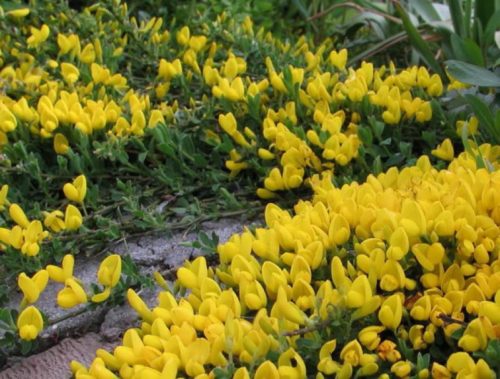
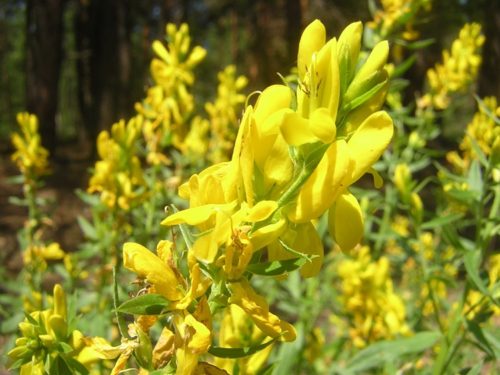
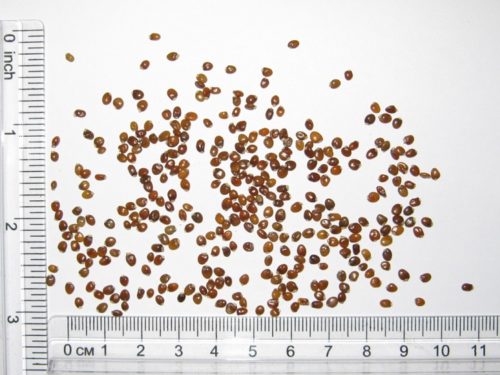
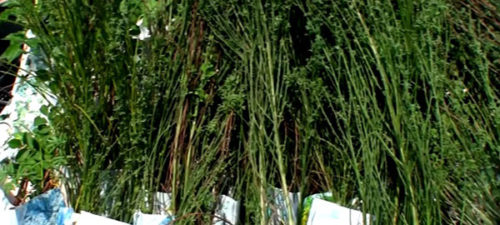
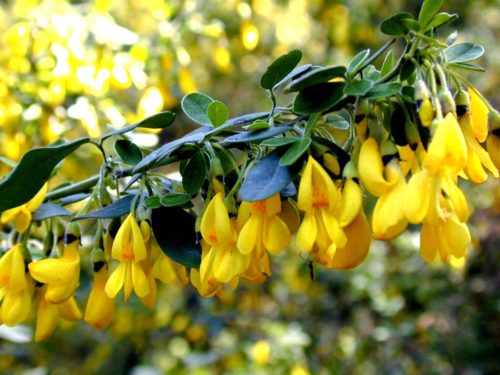
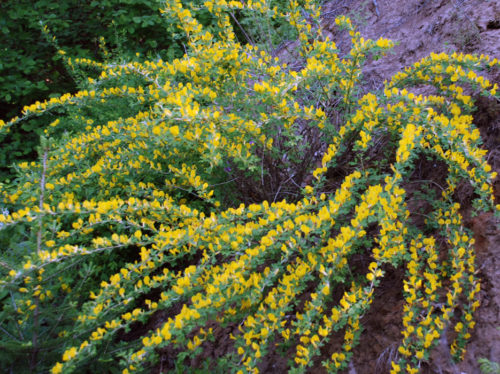
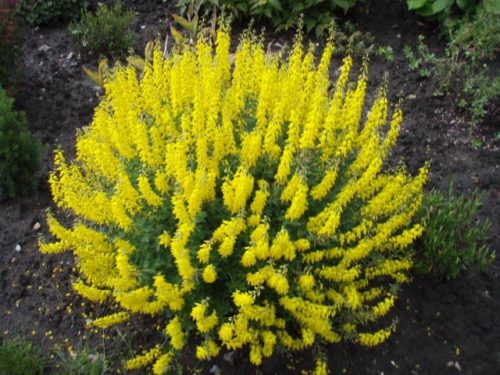
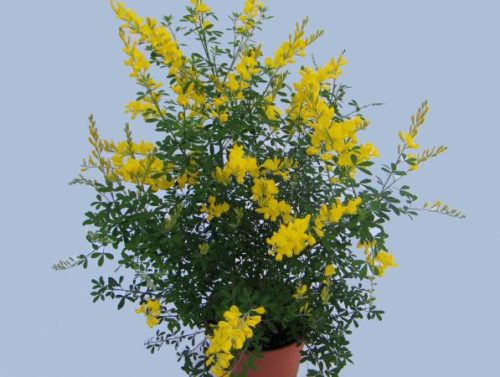
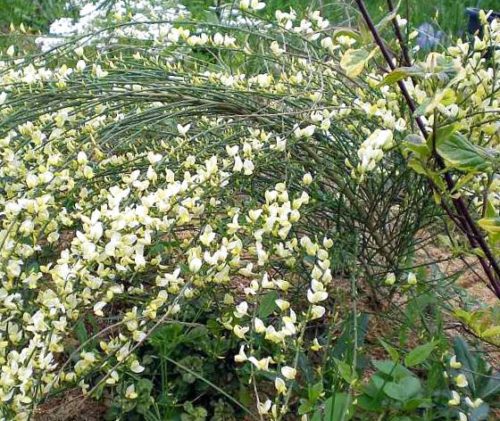
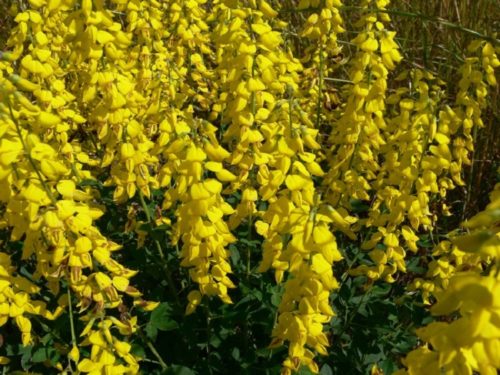
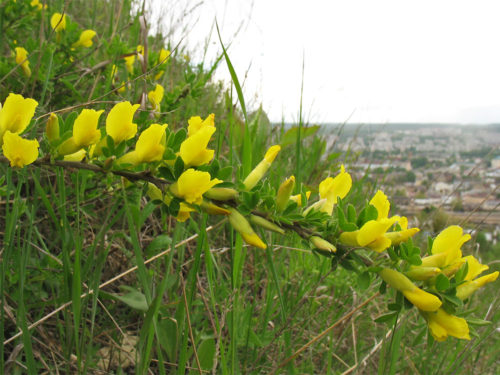
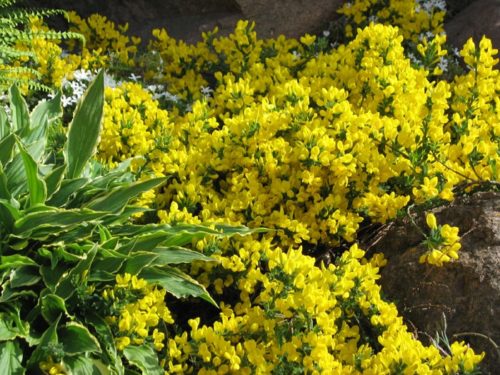
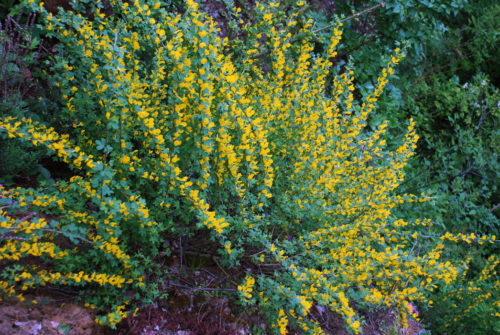

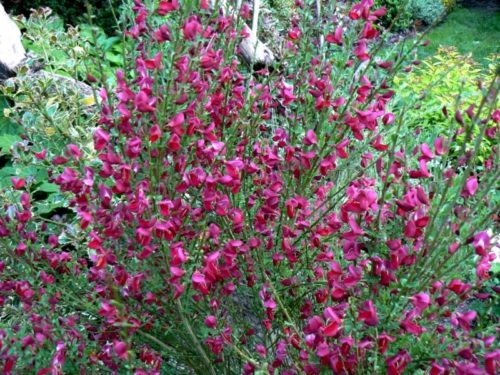
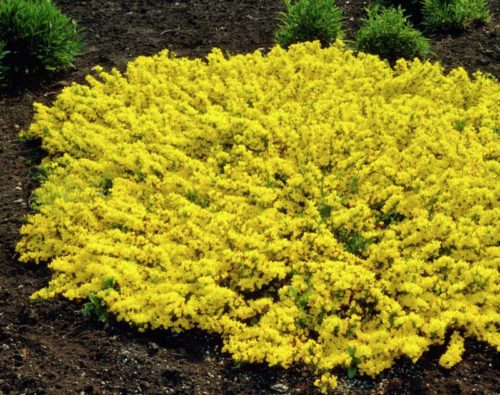
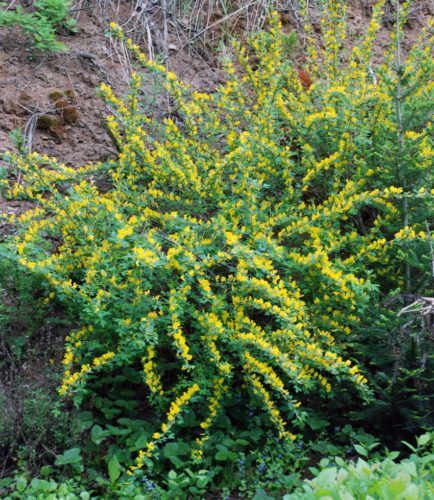
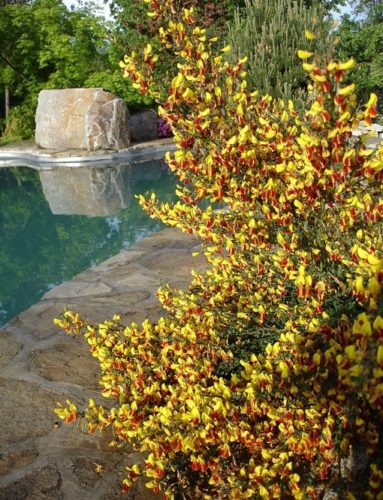












 Start a discussion ...
Start a discussion ...